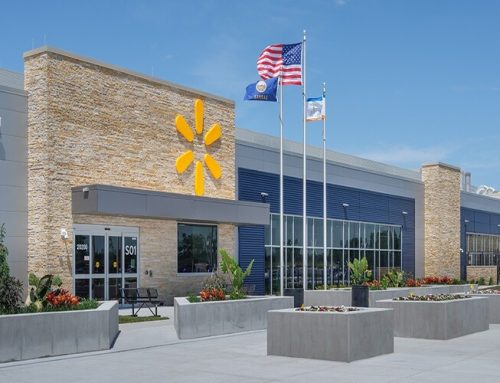Source: Federal Reserve Bank of Kansas City
Farm lending activity at commercial banks slowed through the first half of 2023 as interest rates continued to push higher. The volume of non-real estate farm loans at commercial banks declined for the second consecutive quarter and average interest rates on agricultural loans increased for the sixth consecutive quarter. The rise in interest rates was generally consistent across loans and lenders of all sizes, but rates remained slightly lower for bigger loans and at the largest banks. As rate terms have moved up rapidly over the past year, variable rate notes have become more prevalent.
The outlook for the U.S. farm economy has moderated in recent months as risks of more limited profit opportunities have grown alongside softening in commodity markets and elevated production expenses. High input costs and increases in interest rates have raised financing costs considerably, but conditions have also encouraged many producers to adjust operations to reduce borrowing needs or utilize cash reserves to fund some expenses. Broad strength in farm finances has continued to support historically strong loan performance, but farm profitability will remain important for agricultural credit conditions and lending demand in the coming months.
Second Quarter National Survey of Terms of Lending to Farmers
A slowdown in farm lending continued into the second quarter. According to the Survey of Terms of Lending to Farmers, the volume of new non-real estate farm loans at commercial banks was about 15% less than a year ago (Chart 1). The drop in lending was attributed to a lower average size of loans and a fewer number of loans compared with last year.
Agricultural lending has slowed as interest rates on farm loans have increased considerably. The median rate on non-real estate loans doubled from the beginning of 2021 and half of all new operating loans in the second quarter garnered a rate above 8.5% (Chart 2). Moreover, one tenth of new farm operating loans carried an interest rate of nearly 10% according to the second quarter survey. In contrast, at the beginning of 2022, more than half of all loans had a rate less than 4.5% and the sharp change has likely influenced operational and financing decisions for many producers.
To read entire report, Click Here



